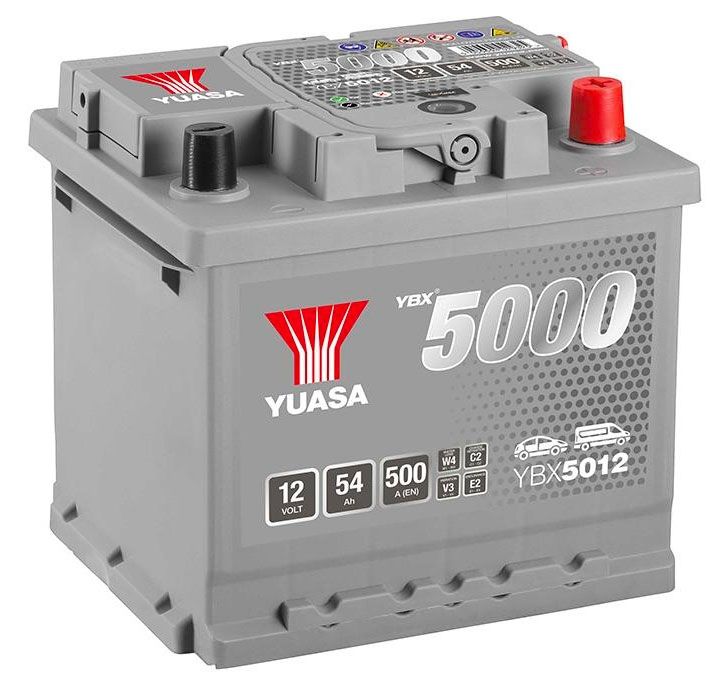Update on the battery coding "thing".
I've been spasmodically, as the mood takes me, pursuing info on coding the VAG vehicles after fitting a new battery and I'm slowly climbing the knowledge tree. For those who haven't been following here's a good basic summary of what these devices do:
https://www.samarins.com/glossary/battery-sensor.html
Of course I'm interested specifically in my 2016 Ibiza and I've discovered that the little monitoring sensor on the battery negative post is feeding info on battery performance - current flows and voltages - to the body control unit (an ecu) which uses this real time info to decide stuff like whether there's enough oomph in the battery to allow stop/start to initiate and also, perhaps if the battery charge state is low, to cancel other "luxury" functions to preserve basic functions. It also controls charge rates (current). So it will bump up the charge rate when it thinks a battery is failing with age.
I'm a long way from completely understanding how this all works but it seems that one of the big problems if you replace a battery in poor condition with a new one and don't tell the body ecu that it's a different, new, battery (code it) then the ECU will continue to pump big charge rates into it and possibly cause damage to the new battery. I believe, in the end, it would learn the new battery requirements but by then the damage may have been done. Same problems apply if you change the capacity of the new battery when compared to the old one and don't "tell" the ECU you've done this.
So, how does all this relate to my actual Ibiza? Well, I still haven't connected my VCDS up to the car for a look see but I believe, and am expecting to find, that my car has the later UDS protocol. If so this will be a great relief as I believe earlier cars use the stricter regimes which require you to know the BEM codes and most batteries available through places like Tayna will not have this info! Here is the UDS proceedure from VCDS:
(don't know if I did that right, it should start at about 4 minutes 40 secs.) However UDS doesn't, apparently, require you to be too precise in it's inputting fields. It needs to know if you're using an AGM or EFB and what it's rated capacity is (Ampere Hours) As far as the serial number goes it couldn't care less so all you have to do is alter one number for it to recognise it as a new battery and reset it's charging rate back to a low initial level - of course it will "learn" what to do from there but it's not going to cause over charging of the new battery. I believe it needs to know the new battery's manufacturer code too, but that's on a drop down menu so should be quite easy to do.
My intention is to replace the existing Exide battery with the nearest equivalent I can find (so probably another EFB Exide of the same or very similar capacity). I think it likely that all I'm actually going to have to change will be the battery serial number - and if I'm feeling lazy all I'd need to do is increase the last number of that by 1. Apparently, as long as the capacity of the new battery is within an amp or two of the original it's not really necessary to even change that, but I will just to maximize performance of the charging system.
I'm not feeling absolutely confident about all this yet but I'm feeling a lot less nervous than I was a week ago. We've also had a pretty hectic week with Mrs J's sister staying, two family birthdays and lots of outings to the boy's houses and meals out at restaurants local to them. I've run through best part of a tank of petrol in a week! - and guess what? No prizes, Stop Start is working again! The battery is still not showing as good a state of charge after standing for some hours though so I don't think I'm "off the hook" but I think it's going to go on working for a while yet
When I do need to buy it looks like this is the size that fits:
https://www.tayna.co.uk/car-batteries/types/096-efb/ and there is a good selection for me to choose from. Here's the spec and BEM sticker on the original battery:
Looks like I'll definitely be changing the capacity field doesn't it?! Amazing how battery technology is moving on 70ah and 720 cold cranking in the same case size - if I go for the direct replacement Exide. Serial number is still bothering me a wee bit, but I'm getting there now I think.



